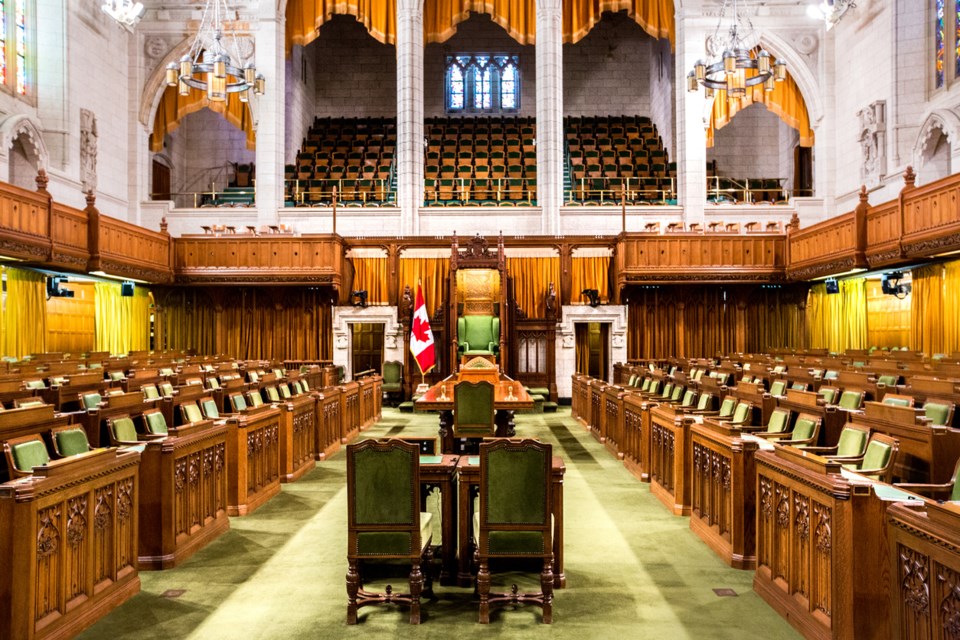The possibility of a new centre-right party led by Maxime Bernier has given rise to the idea that the 2019 federal election will conclude in a new victory for the Liberal Party of Canada. The Conservative Party of Canada’s share of the vote will split, allowing Justin Trudeau to win a new four-year term as prime minister.
The 2015 federal election shattered previous notions of party favourability that had dominated British Columbia since the start of this century. Some areas of the province voted primarily for Reform, Canadian Alliance or Conservative politicians, while others favoured the federal New Democratic Party (NDP).
The federal Liberal Party, even at a time when Jean Chrétien was forming majority governments in Ottawa, could rely only on some pockets of support in urban areas. When the Liberals were led by Michael Ignatieff, they finished the 2011 federal election with just two seats in British Columbia, both of them in the City of Vancouver.
The 2015 election effectively ended British Columbia’s two-party system and showed that – under a charismatic leader who was able to connect with voters – a political organization could go from receiving a paltry 13% of the vote in 2011 to boasting the largest number of British Columbia federal seats four years later, with the support of 35% of the province’s voters.
Almost three years have passed since that election, and the time is right to review whether voters in our province have a specific set of ideas and values that makes them vote a certain way, regardless of issues or candidates. With that in mind, Research Co. recently asked British Columbians to describe themselves on an ideological basis.
Across the province, 30% of residents said they are far-left, left or centre-left, while 25% placed themselves firmly on the centre and 20% acknowledged being centre-right, right or far-right.
One-in-four British Columbians (25%) are undecided when it comes to ideology. These are not necessarily poll takers who simply do not care about politics. Some of these respondents choose to move on issues from election to election.
The group of ideological undecideds in British Columbia includes 14% of people who voted for the BC NDP in the last provincial election, 15% of those who cast a ballot for the BC Liberals and 30% who supported the BC Green Party.
The situation is similar when we ask British Columbians about the party they voted for in the 2015 federal ballot, when Trudeau became prime minister. Among federal NDP voters, 16% are undecided on their ideology, and the proportion rises slightly to 19% among those who voted for the federal Liberals.
There is currently only one political party in British Columbia where ideology is firmly entrenched. Just 10% of federal Conservative voters in 2015 are undecided about their ideology (with 56% describing themselves as centre-right, right or far-right).
There is a reason for Bernier’s insistence in suggesting his former party has betrayed “core conservative principles.” He needs to connect with the type of British Columbia voter that is more likely to be ideological. This could prove a challenge to the Conservative Party led by Andrew Scheer, if and when Bernier starts to recruit candidates.
But Scheer is not the only leader who will have difficulties re-connecting with the electorate. Trudeau’s victory in British Columbia was anything but ideological. Former Conservative voters dissatisfied with inaction on social issues began to look elsewhere. Disenchanted NDP and Green voters from past elections saw in Trudeau a spokesman for two issues they desperately cared about: environmental stewardship and electoral reform. They had no difficulty in abandoning their previous choices with Trudeau’s Liberals on the ballot.
We are just over a year away from the next federal election, and both ideological and non-ideological voters in British Columbia will have much to ponder. Under the right circumstances, ideology can move former Reform, Canadian Alliance and Conservative voters in British Columbia to Bernier’s new party.
On the other side of the political spectrum, Trudeau has disappointed those who voted for a perceived moratorium on pipelines and the demise of the first-past-the-post system for elections to the House of Commons. It remains to be seen whether these voters gravitate toward their supposed natural homes in the NDP or Green parties, stay with the Liberals for another election or take a look at what conservatism has to offer.
Mario Canseco is president of Research Co. He writes a column exclusive to Glacier Media newspapers. This column is published every Tuesday and Thursday.
By the numbers:
On an ideological basis, how would you describe yourself?
Far-left – 3%
Left – 9%
Centre-left – 18%
Centre – 25%
Centre-right – 13%
Right – 5%
Far-right – 1%
Not sure – 25%



